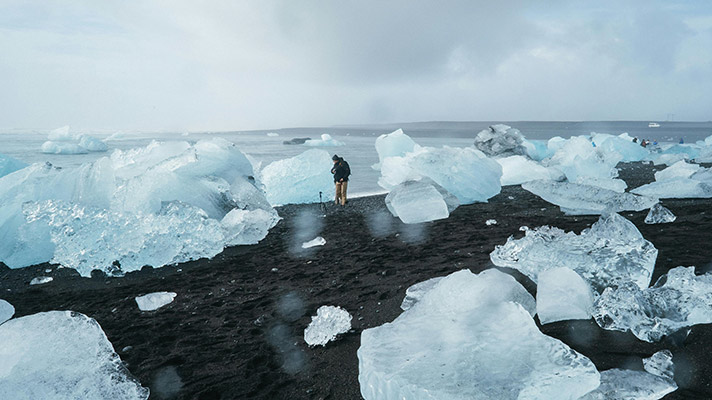Climate Solutions – October 2024 – Online-Only
WARNING! This article is scary. If you’re faint of heart, better not read it!
Linear—Many things in life are somewhat linear (or “monotonic” to be strictly technical), meaning if you put more in, you get more out. Put less in, you get less out. Imagine a graph of output versus input, showing a straight line—that’s linear. Like: use more fossil fuel, get more warming.
I think many of us have “linear” as a slightly unconscious view about climate change. “Well, if things start to get REALLY bad, we can always back off…and we’ll be ok.”
Tipping Points—But some things in life just aren’t like that. They’re more complicated. They don’t lend themselves to a neat little graph.
With tipping point phenomena, as you put more in, you suddenly reach a point where the system itself changes, and your simple graph no longer works. Here’s a trenchant example: Near the North and South poles, the sun shines down on the accumulated snow and ice. That stuff is bright white and highly reflective, so almost all the energy in the sunlight reflects back into space. It all stays cold enough that, on average, it doesn’t melt. That’s been the story for eons.
Ah, but what if the climate warms up a little, and every year a little bit of the snow and ice melt away. After a while it’s all gone, and the sunshine now falls on dirt. Dirt is much lest reflective, so it absorbs the sunlight’s energy, which further warms the nearby environment, which in turn melts more of the snow and ice, causing even more warming, on and on. We engineers call that “reinforcing feedback.” If everyone suddenly decided to stop the fossil fuel consumption and CO2 generation, it would do no good at all. The heating is then self-reinforcing and will go on and on, all by itself.
To summarize: the tipping point is that point at which the reinforcing feedback becomes the major driver, rather than the increasing atmospheric greenhouse gas concentration.
Scary Part—This example is real, and there are many situations in the global climate system that are tipping points. The thing is, they’re hard to model accurately, so we don’t know precisely when we’ll hit them. But for many systems, that tipping point occurs around 1.5 degrees C above the pre-industrial revolution temperature. And we’re almost there today.
So the message is this: Our situation is actually urgent, right now. The time to take serious action is right now!
John Lamy lives in Jacksonville with his wife Gail. He spent 30 years with a big engineering firm in Silicon Valley, mostly as an R&D manager. He’s now a management consultant, and you’ll see him and Gail hiking the hills of Southern Oregon with Shasta, their Springer Spaniel.
